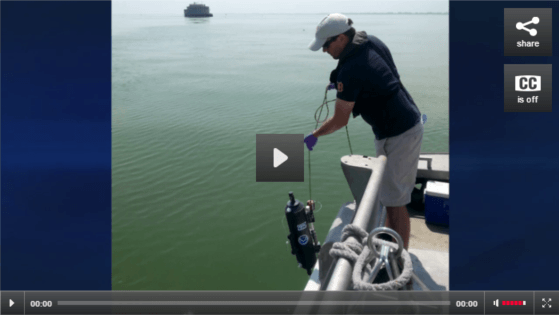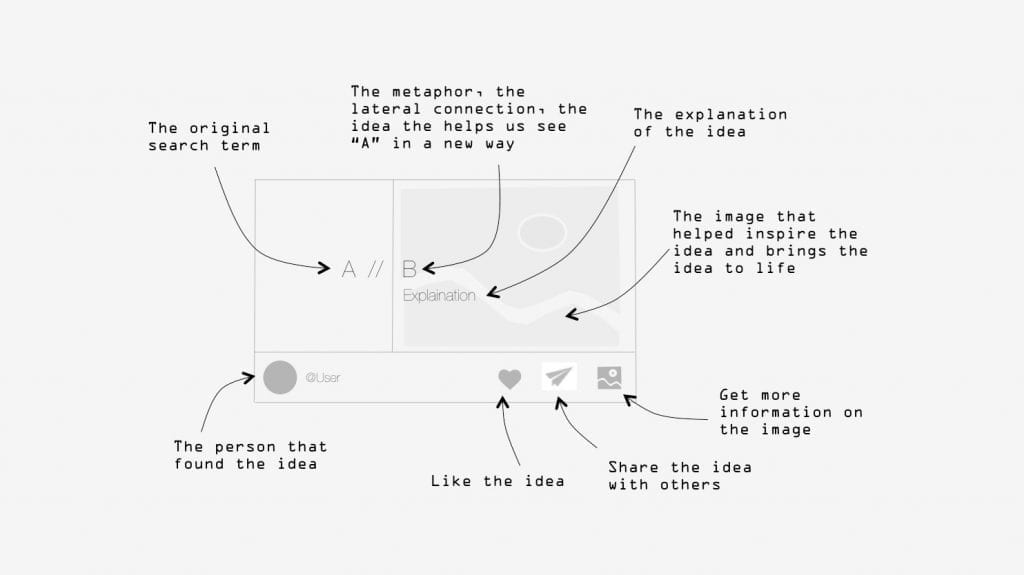
This summer 500,000 people in Toledo had their drinking water cut off due to a toxic algae bloom in Lake Erie.
That led 40 million people, who receive their drinking water from the Great Lakes, to question the quality of their drinking water and whether it was at risk. The Clean Water Act of 1972 had been remarkably successful at cleaning up the Great Lakes by imposing tough regulations to control pollution from industry and waste treatment plants. But one area of pollution was left unregulated, agricultural runoff. Elizabeth Brackett details the latest efforts to protect the Great Lakes drinking water.
To combat the growing pollution problem, nonprofit organization Everglades Foundation promises a lofty prize to scientists who can develop a technological solution. Last week, the organization joined Mayor Rahm Emanuel and the Great Lakes & St. Lawrence Cities Initiative to announce, “The Grand Challenge,” a $10 million science prize to anyone who can successfully develop and execute a process to remove excess phosphorus from waterways.
Read an interview with Eric Eikenberg, CEO of Everglades Foundation.
What is the Grand Prize Challenge?
The Everglades Foundation is looking to find technological solutions to removing excess phosphorous from lakes. We decided we would create a $10 million multi-year prize competition for this problem. We’re hoping this competition will bring technology innovation to the market. We’re excited for this and hope we can come to a breakthrough. The technology will be tested in warm and cold water. The winner has to prove that it works in cold climates. This is not a prize centered on a specific region, state, or water body. This is a global problem that needs a global solution. Government can’t do it alone.
Why did Everglades Foundation create this challenge?
In Florida, the water quality is vital to a healthy Everglades. The problem that the Everglades are having is too much excess phosphorous. There’s phosphorous in the lakes coming from agriculture and runoff, and this caused water quality problems for Florida. The key moment was last summer. Lake Okeechobee filled up with heavy rains, and there was a concern that the dike was going to release. So it would have cost millions to clean up. We needed a technological solution. And in August this year, Toledo had to shut down its drinking water for three days. National attention and the need for change is why we created this challenge. We got word there was a summit taking place, and we were invited to Chicago to announce this competition. What Toledo has taught us and the challenges here is the current practices aren’t enough. We need a game changer. People are looking for a solution that has a scalable impact. It has to be scalable, workable and it has to remove the phosphorus for the Everglades.
The Latest on: Cleaning the Great Lakes
[google_news title=”” keyword=”Cleaning the Great Lakes” num_posts=”10″ blurb_length=”0″ show_thumb=”left”]
via Google News
The Latest on: Cleaning the Great Lakes
- Indiana seeks input on deer hunting rule changes. Plus hike, clean up and parade into May.on April 30, 2024 at 2:21 am
Y ou have until May 20 to give Indiana’s Natural Resources Commission your input on a series of proposed changes to the state’s deer hunting rules. After that, the commission will vote on their final ...
- US military bases teem with PFAS. There’s still no firm plan to clean them up.on April 29, 2024 at 2:58 pm
Tony Spaniola received a notice informing him that his family shouldn’t drink water drawn from the well at his lake home in Oscoda, Michigan. Over the course of several decades, the Air Force had ...
- Coal ash pollution cleanup will boost Waukegan, other Great Lakes communitieson April 29, 2024 at 2:08 pm
Power plant owners will be forced to clean up their coal ash pollution under new rules recently issued by the U.S. Environmental Protection Agency.
- Nibi Chronicles: The Return of Nenookaasiwagon April 29, 2024 at 8:51 am
An Ojibwe story about nenookaasiwag (hummingbirds) and how small actions lead to larger impact. With shared wisdom on how to properly care for your hummingbird feeder this season.
- Tiny plastic pieces top the list of trash on Great Lakes beacheson April 29, 2024 at 2:30 am
A new report by the non-partisan, non-profit group Alliance for the Great Lakes found that 86% of litter collected on Great Lakes beaches contains plastics.
- Waukegan participates in the America the Beautiful Freshwater Challengeon April 28, 2024 at 4:58 am
“Waukegan is a very environmentally conscious community,” Mayor Ann Taylor said. “We need to keep our water clean to help the Great Lakes. It takes all of us to keep our water supply in good shape.” ...
- This trash robot is cleaning up Michigan's shores, keeping plastic out of the Detroit Riveron April 24, 2024 at 1:40 pm
Bebot is a new roving trash collector that will soon hit the shores of Belle Isle State Park. It's all part of a bid not just to keep beaches clean for residents, but to prevent harmful trash from ...
- Cleaning up our Great Lakeon April 22, 2024 at 11:23 am
Learn more about the model program for eliminating freshwater plastic debris that Ohio State educators have implemented on a Lake Erie island.
- Meet BeBot, the robot designed to keep Northern Michigan beaches cleanon April 19, 2024 at 2:03 am
CHARLEVOIX — Around 22 million pounds of plastic debris end up in the Great Lakes every year ... announced the pilot program to use a beach cleaning robot, it seemed like a natural fit for ...
- Robotic beach cleaner deployed to tackle Great Lakes plastic pollutionon April 19, 2024 at 1:04 am
A staggering 90 percent of these plastics, including water bottles, bags, silverware and straws, find their way onto beaches. In addition to the unsightly litter, the trash poses a danger to animals ...
via Bing News










